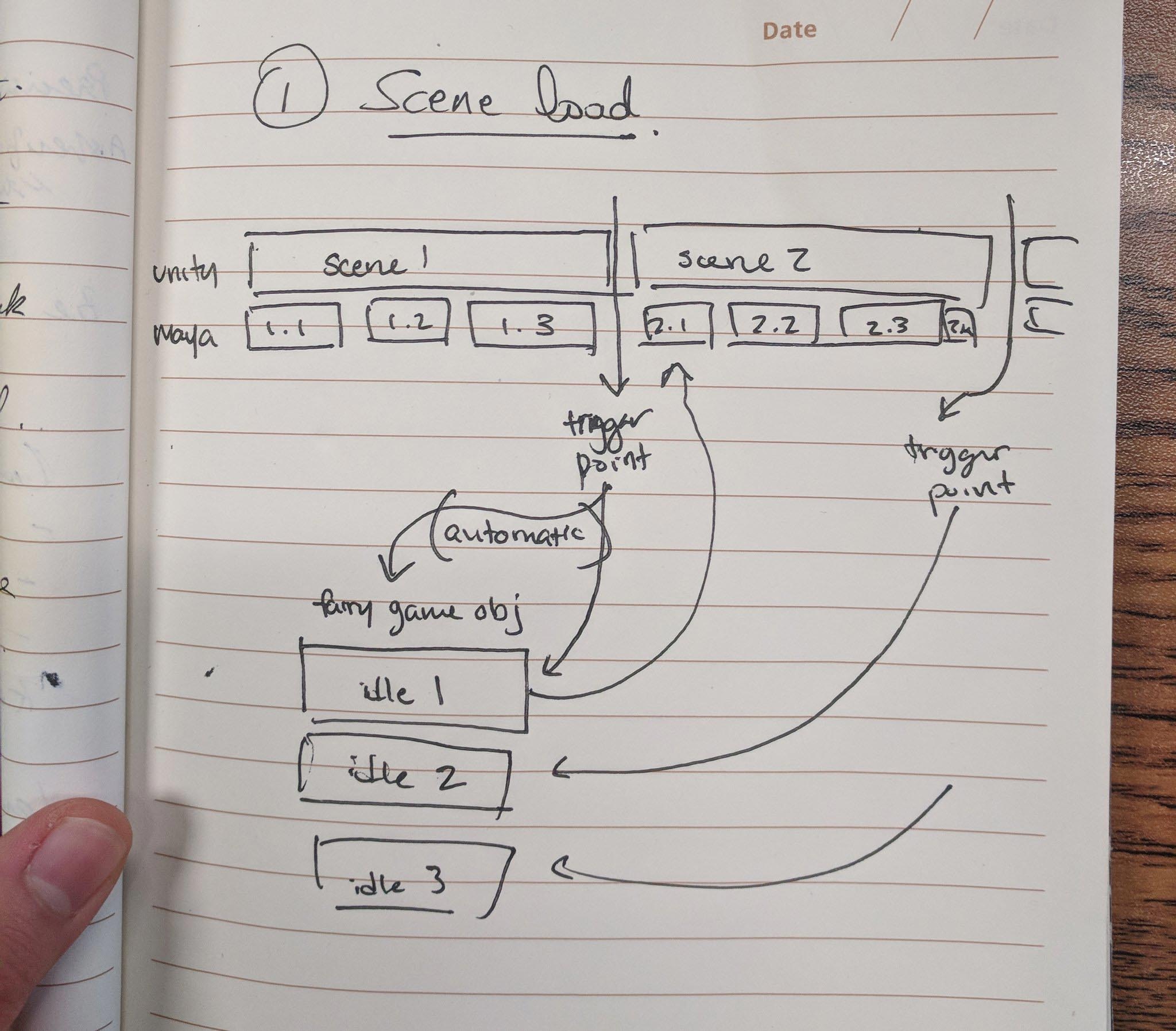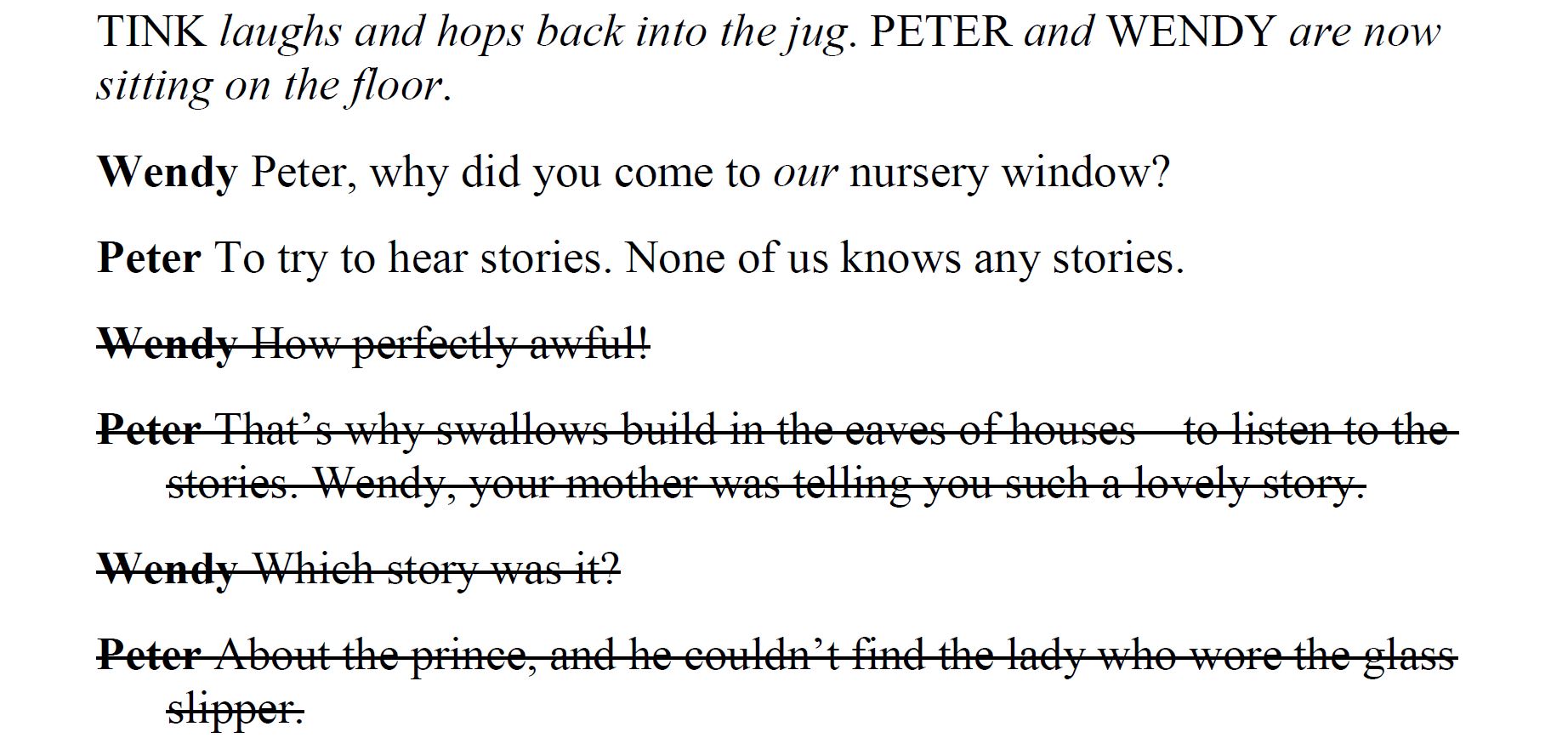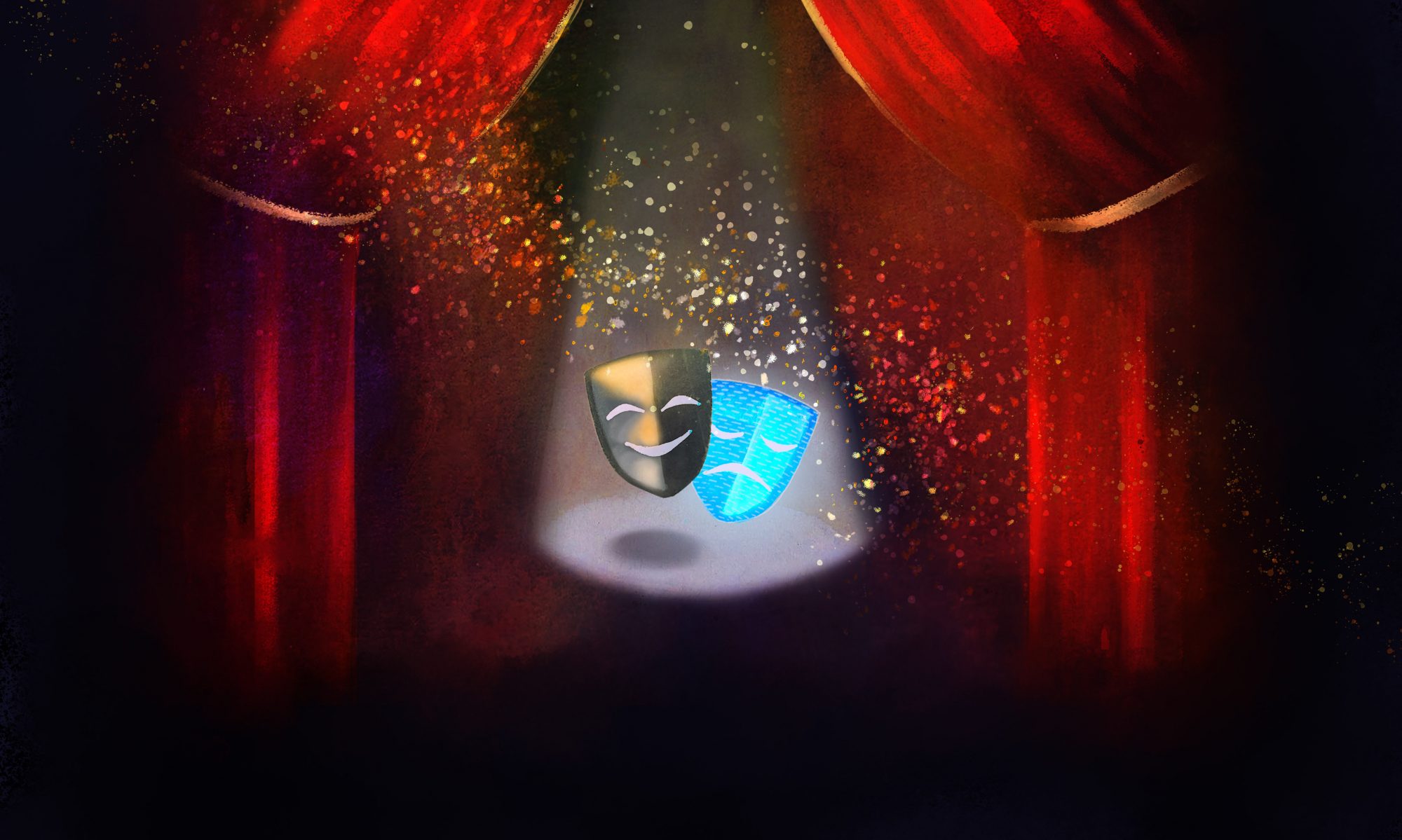
And we’re off! With our choices of story and hardware decided, we’ve moved into the production phase of the project. Even for such a short scene, we have our work cut out for us over the next 9 or so weeks. Our first step was to develop a schedule for the remainder of the project that includes deadlines for set design, prop purchasing, load ins, and costumes. With those established, each department is able to move forward on their individual tasks.
Script/Story: We’ve been delving into the nursery scene from Peter Pan and deciding exactly which elements we want to include.

We intend to stay as close to the original Barrie text as possible, but we are making some cuts where we can to cut down on time as well as to keep the focus of the audience experience on the AR moments. With a play as iconic as Peter Pan, this has proved to be an interesting challenge—practically every line is iconic from this scene and its beats are well known by many potential audience members. Ideally, a balance will be achieved wherein the scene is the right length for our needs, puts the spotlight on Tinker Bell, and feels completely coherent and seamless to the audience.
Technology/Animation: Our programmers and animator established a pipeline for the workflow on this project, involving creating the animations in one piece of software, exporting it to the game engine that will actually run the show in the AR hardware, and then having it run on demand as cue-able mini-sequences. The “timeline” feature in Unity has been tested as the facilitator that will make all of this possible.
Set design: Our designers are in the final stages of drafting a full set schematic that displays the precise location of walls, furniture, and props. Pending approval of our formal budget, we will begin to acquire the actual items we’ll be using on stage and start to modify them for our effects.
Next week we move on to creating the storyboards that will place Tinker Bell in the scene, and allow the actual animating and positional coding to begin!
